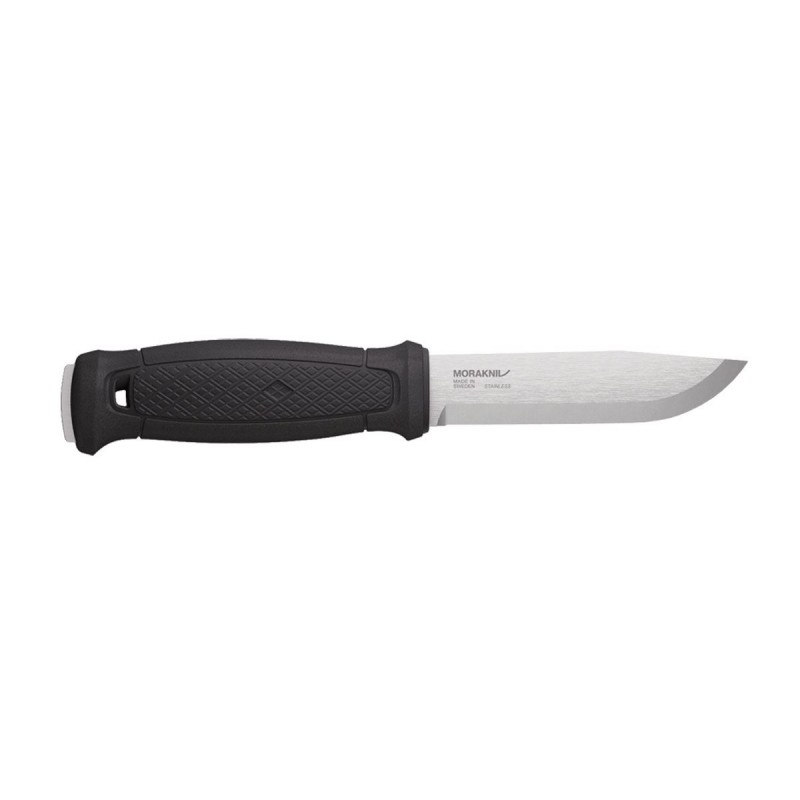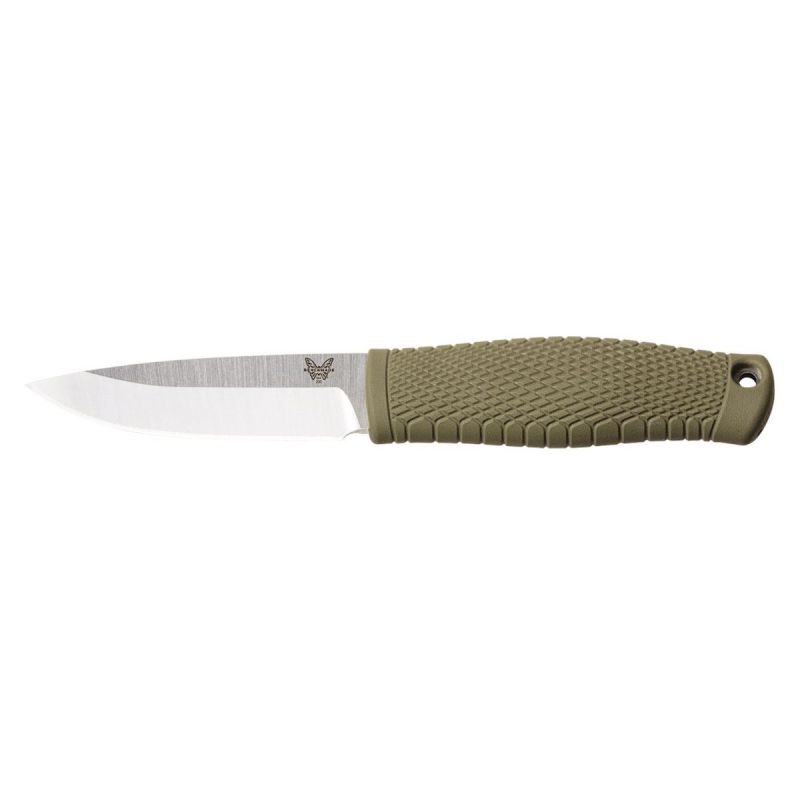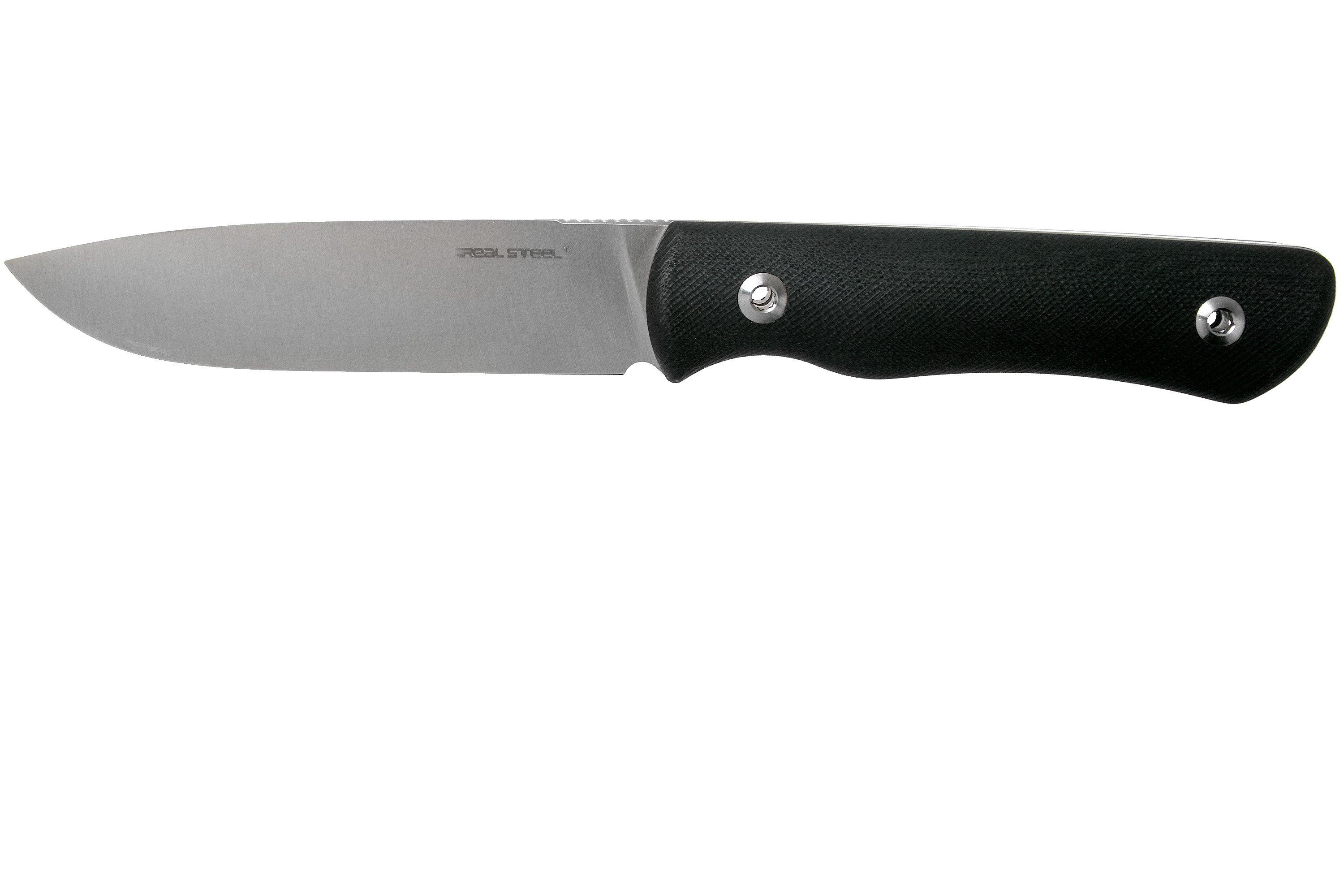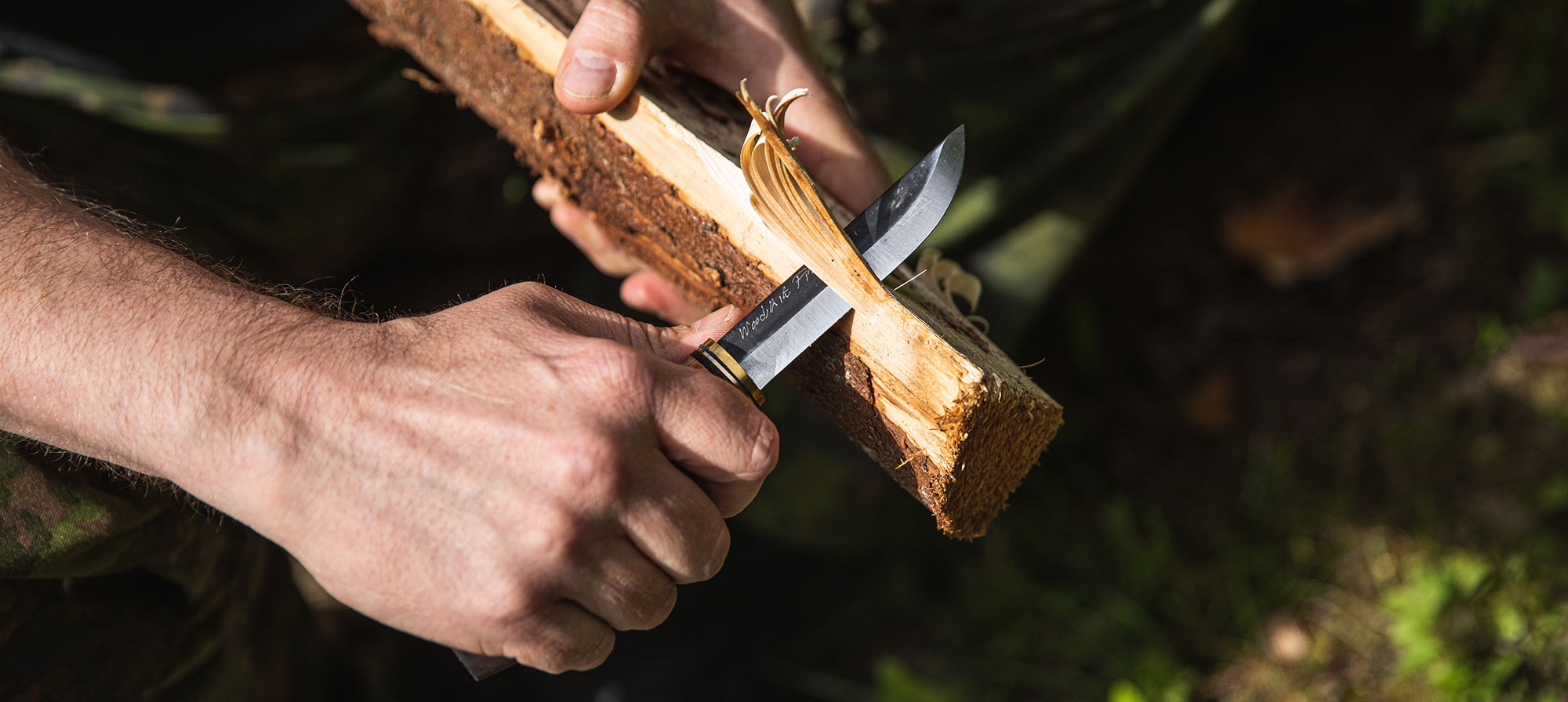Sources of information:
Its a question I see here quite a bit - so I made a video (aimed at the novice). I hope you enjoy. Atb Neil

bushcraftuk.com
As the question says really - just trying to gauge opinion on the best grind for the ideal all round bushcraft knife!

bushcraftuk.com
I enjoyed this, and thought others might as well. It's a good look at outdoors knife options,,, http://www4.gvsu.edu/triert/cache/articles/t1/outdoorsknife1.htm

bushcraftuk.com
Chris, i remember some time back you mentioned you were going to do a review on the Benchmade Puukko 200, i'd be very interested in your observations as i'm hovering over the buy button ( and have been for a while now )

bushcraftuk.com
I wrote my original reply on a tablet, before work today, not the best way to type a reply. I wanted to add a bit about why I recommended certain knives, and the features I look for and why.
First up, the term "bushcraft" covers a lot of subjects, not all of which need much in the way of a knife. In the case of knife use, we tend to say that carving and crafting items from wood is a significant factor in defining a knife as a "bushcraft" knife, and not just a good camping, hiking or hunting knife.
With some experience, a person will figure out whether a knife design skewed towards wood work is better for them, or one that leans towards food prep, or ease of carry, or skinning game...etc.
Heavy and prolonged wood carving can be a part of "bushcraft" but tends not to be a part of modern camping or hunting.
For wood carving, a handle that spreads the load of heavy cuts and does not fatigue the hand is very important. It needs to accommodate multiple hand holds. Many knives designed to merely appeal to the buyer's eye have finger grooves and/or handles shaped for only one or two grips.
My experience has been that a handle width of 25mm in the middle swell, tapering to 19mm at both ends, with an additional swell/spread at the butt is the most comfortable. This is what you see on Alan Wood's Woodlore, and many UK custom bushcraft knives and were the dimensions I used for the Spyderco BushcraftUK handle.
The handle benefits from a rounded cross section, not just rectangular slabs with rounded edges. Many modern knives have this slab/rounded edge format, see the majority of ESEE knives. Not bad, but not optimum for prolonged wood carving.
A cutting edge that starts as close as possible to the handle allows power cuts with greatest leverage. Long unsharpened ricassos and finger choils look good, but do not help wood work. If there is a choil notch, it had darned well better be positioned so the whole edge can be sharpened. That Muela had the choil notch in line with the plunge grind and there was thick, unsharpenable blade between the notch and the cutting edge

A huge amount has been written on grinds. For wood work an edge angle around 25degrees total is pretty good. Some go more acute, some more obtuse but that is a good rough target. This is MUCH more acute than many manufacturers sharpen their factory made knives. It is more common to find knives sharpened at 30 or even 40 degrees total, and there are many authorities who claim that 20degrees per side is ideal. These are not wood carvers and if their blades perform, it tends to be because they are very thin immediately behind the edge.
My experience has been that (certainly beginners) benefit from edges that are not so thin behind the cutting bevel. The "Scandi" grinds used on many popular bushcraft knives, when sharpened with no extra bevel, tend to self-guide in a wood cut with the large bevel surface acting a bit like a plane sole. The bevel length can be reduced considerably and still provide some guidance to the cut, but too short with too little behind it and it gets hard to control the angle of attack, the angle that the edge meets the wood. The Lion Steel Bushcraft is tending to have an edge that is harder to control for long cuts.
Many want a bushcraft knife spine to be sharp enough to scrape sparks from a ferro rod. I like it if can, but am not totally against it if if is rounded. What I cannot stand are swedge false edges. They look great, but chew up batons (I baton with care, believing that learning how to maximise what you can do with your knife is an important skill), they are uncomfortable to push against for thumb or finger driven fine carving, and tend to be poor for scraping sparks for fire lighting.
Full tang vs hidden tang. An awful lot has been accomplished by folk with skinny hidden tang blades. They can certainly be strong enough for all routine bushcraft tasks, particularly the fatter tangs. The Garberg and Benchmade both had hidden tangs, but those tangs are almost the full depth of the handle.







